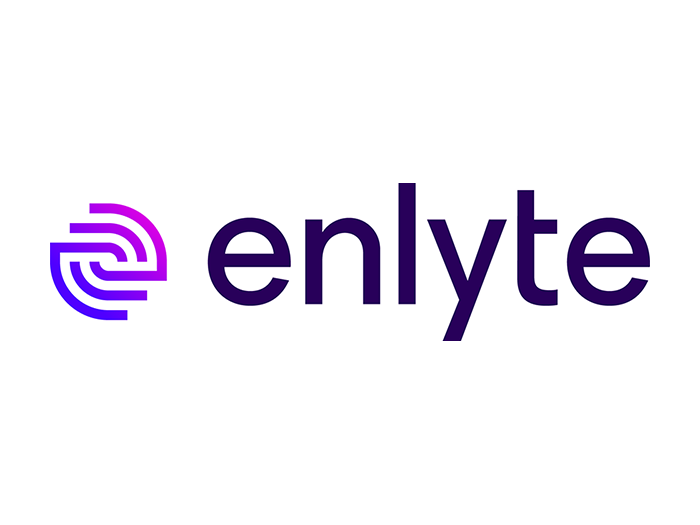Global Benefits Leaders Pivot to Cost Control as Economic Uncertainty Looms

Multinational companies have dramatically shifted their benefits strategy priorities in 2025, with cost management surging from the third-ranked priority a year ago to the top spot in 2025, as 70% of organizations brace for economic uncertainty, according to Aon’s Global Benefits Trends Study 2025.
The benefits landscape has experienced significant changes in strategic focus over the past year. Cost management now dominates the agenda across all segments, regions and most industries, reflecting widespread concern about economic headwinds, the survey of multinational benefits leaders found.
Meanwhile, ensuring that employee benefits are highly valued jumped into the third position after not appearing in the top four priorities in 2024.
This elevation of employee value represents a critical balancing act for multinationals, Aon noted. Organizations are simultaneously trying to control costs while ensuring their substantial benefits investments are recognized and appreciated by employees. For companies classified as “leading organizations,” ensuring employees value their benefits has become the top strategic priority.
A commitment to rolling out global minimum standards also gained prominence, ranking fourth globally. This represents a tangible follow-through on multinational companies’ 2024 pledge to nearly double the prevalence of minimum standards by 2026.
The Cost-Value Balancing Act Creates New Challenges
Medical inflation stands as the primary cost driver, with 70% of benefits professionals citing its high impact on benefit expenses. However, the industry’s response reveals a concerning short-term focus, according to Aon. While 77% of companies plan to negotiate with existing vendors and 67% intend to issue requests for proposals, only 25% are considering reducing benefits that employees value less.
The disconnect between cost containment urgency and strategic thinking extends to technology adoption, per the report. Despite optimism about artificial intelligence improving employee experiences, only one in six multinationals currently use AI to support benefits design and delivery. This figure is expected to nearly triple to 48% by 2027, but data integration challenges affect 82% of companies, creating barriers to more sophisticated decision-making.
Companies are making progress in helping employees understand benefit value through improved communication strategies, the report said. Traditional methods like emails, company intranets and benefit handbooks remain dominant, but their effectiveness appears to be improving. The percentage of companies reporting that employees understand their benefits well increased to 27% from 18% in 2024.
Technology and Personalization Point to Future Opportunities
The benefits industry stands at an inflection point where personalization and technology could address both cost management and employee value challenges of multinationals, according to Aon. Currently, 43% of companies allow benefit personalization decisions at the local country level, while only 14% have issued global guidelines for introducing choice in benefits.
Leading multinationals and technology companies are pioneering AI applications for answering employee benefit queries and providing personalized program recommendations, the survey found. Total reward statements have gained traction, with 35% of multinationals now implementing them compared to 27% in 2024. Notably, half of leading multinationals have adopted total reward statements, demonstrating their commitment to enhancing benefit perception among employees, the report said.
Global financing strategies continue evolving, with hybrid pools emerging as a new alternative to traditional global underwriting programs and multinational pooling programs, the report noted. Among U.S. multinationals, for example, 15% are using hybrid pooling for benefits plans and 20% are actively considering it, compared with 13% relying on global underwriting, and 35% considering it. In comparison, 62% are using multinational pooling, and 20% are considering it.
Interest in employee benefits captives remains strong, with 31% of participants considering this approach in 2025, up from 26% in 2024.
The expanded scope of global benefits professionals — now typically covering risk benefits (94%), health benefits programs (92%), leave policies (75%), wellbeing programs (74%) and defined contribution plans (73%) — suggests opportunities for more comprehensive cost management strategies beyond the current focus on medical programs and vendor negotiations.
View the full survey here. &










